Muscle Contraction
Muscle contraction is the process by which a muscle becomes shorter and generates force, resulting in movement of the body parts. This process is controlled by the nervous system and involves a series of complex biochemical and physiological events.
Study Guide for Muscle Contraction:
- Structure of Muscle Fibers: Muscles are made up of long, cylindrical fibers containing specialized structures called myofibrils. These myofibrils are composed of repeating units called sarcomeres, which are the functional units of muscle contraction.
- Sliding Filament Theory: This theory explains how muscles contract at the molecular level. It states that during muscle contraction, the thin actin filaments slide over the thick myosin filaments, causing the sarcomere to shorten.
- Role of Calcium: The process of muscle contraction is initiated by the release of calcium ions within the muscle cell. These ions bind to regulatory proteins, allowing the actin and myosin filaments to interact and generate force.
- Neuromuscular Junction: Muscle contraction begins with a signal from the nervous system. The nerve impulse travels to the neuromuscular junction, where it triggers the release of neurotransmitters, such as acetylcholine, which stimulate the muscle to contract.
- Energy Requirement: Muscle contraction requires a significant amount of energy, which is supplied by the molecule adenosine triphosphate (ATP). ATP provides the energy needed for the myosin heads to bind to actin and power the sliding filament process.
- Types of Muscle Contractions: Muscles can undergo different types of contractions, including concentric (shortening) contractions, eccentric (lengthening) contractions, and isometric (static) contractions, each serving different functions in movement and stability.
Understanding the process of muscle contraction is essential for grasping the mechanics of movement and the functioning of the musculoskeletal system.
.◂Science Worksheets and Study Guides Sixth Grade. Birds and Mammals
Study Guide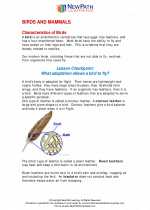 Birds and Mammals
Birds and Mammals  Activity Lesson
Activity Lesson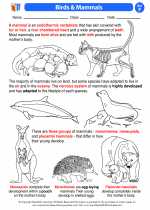 Birds & Mammals
Birds & Mammals  Worksheet/Answer key
Worksheet/Answer key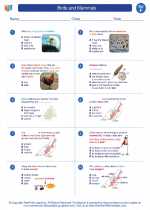 Birds and Mammals
Birds and Mammals  Worksheet/Answer key
Worksheet/Answer key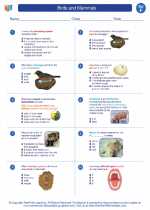 Birds and Mammals
Birds and Mammals  Worksheet/Answer key
Worksheet/Answer key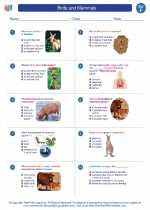 Birds and Mammals
Birds and Mammals  Worksheet/Answer key
Worksheet/Answer key Birds and Mammals
Birds and Mammals  Vocabulary/Answer key
Vocabulary/Answer key Birds and Mammals
Birds and Mammals  Vocabulary/Answer key
Vocabulary/Answer key Birds and Mammals
Birds and Mammals  Vocabulary/Answer key
Vocabulary/Answer key Birds and Mammals
Birds and Mammals  Vocabulary/Answer key
Vocabulary/Answer key Birds and Mammals
Birds and Mammals  Vocabulary/Answer key
Vocabulary/Answer key Birds and Mammals
Birds and Mammals 

 Activity Lesson
Activity Lesson
 Worksheet/Answer key
Worksheet/Answer key
 Worksheet/Answer key
Worksheet/Answer key
 Worksheet/Answer key
Worksheet/Answer key
 Worksheet/Answer key
Worksheet/Answer key
 Vocabulary/Answer key
Vocabulary/Answer key
 Vocabulary/Answer key
Vocabulary/Answer key
 Vocabulary/Answer key
Vocabulary/Answer key
 Vocabulary/Answer key
Vocabulary/Answer key
 Vocabulary/Answer key
Vocabulary/Answer key

The resources above cover the following skills:
LIFE SCIENCE
From Molecules to Organisms: Structures and Processes